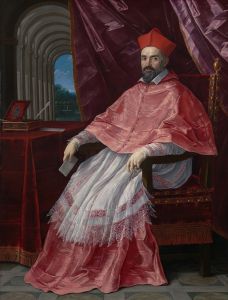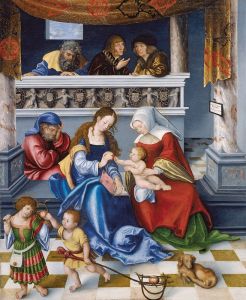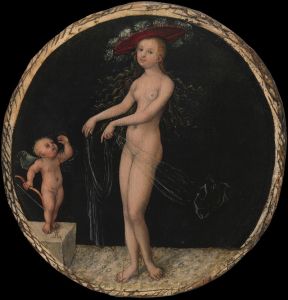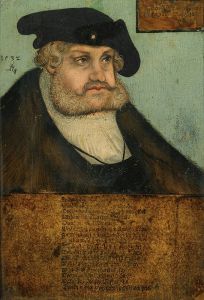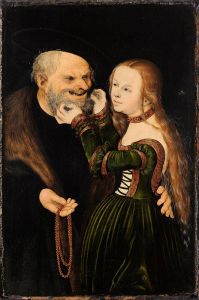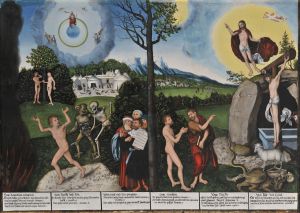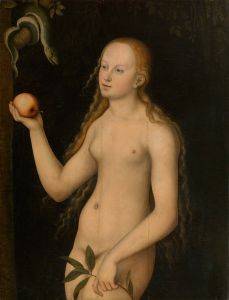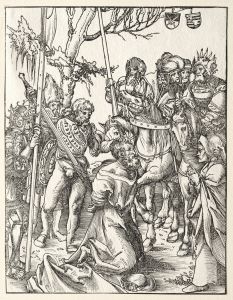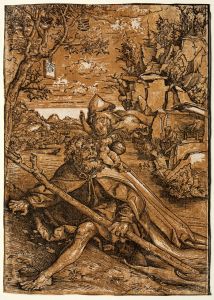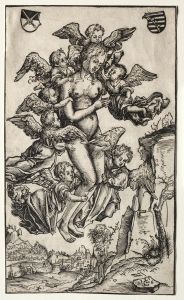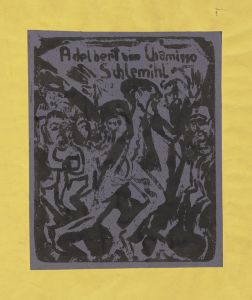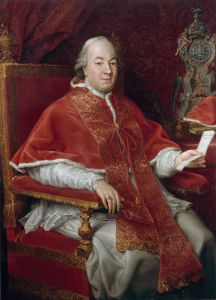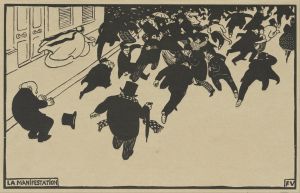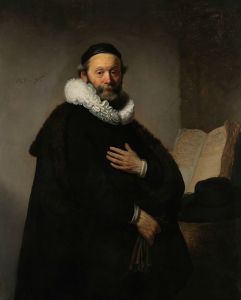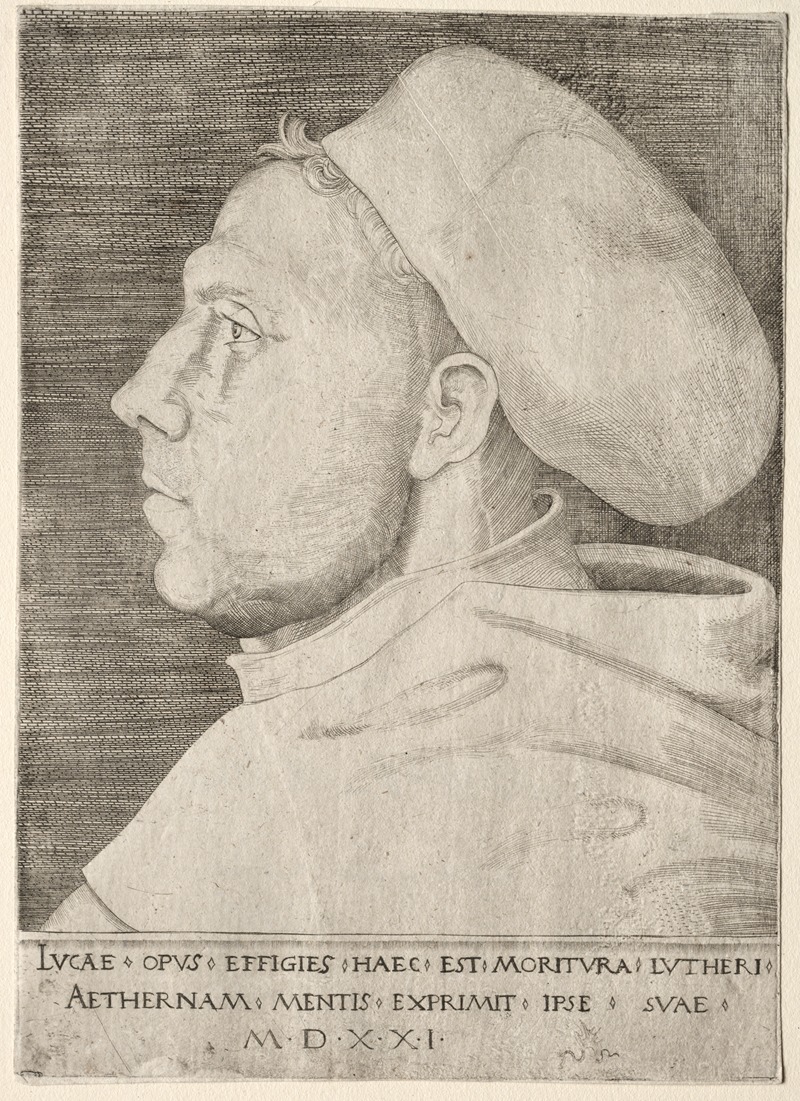
Martin Luther
A hand-painted replica of Lucas Cranach the Elder’s masterpiece Martin Luther, meticulously crafted by professional artists to capture the true essence of the original. Each piece is created with museum-quality canvas and rare mineral pigments, carefully painted by experienced artists with delicate brushstrokes and rich, layered colors to perfectly recreate the texture of the original artwork. Unlike machine-printed reproductions, this hand-painted version brings the painting to life, infused with the artist’s emotions and skill in every stroke. Whether for personal collection or home decoration, it instantly elevates the artistic atmosphere of any space.
"Martin Luther" is a portrait painted by Lucas Cranach the Elder, a prominent German Renaissance artist, in 1529. The painting is one of the many portraits Cranach created of Martin Luther, the seminal figure of the Protestant Reformation. Cranach was a close friend and supporter of Luther, and his works played a significant role in shaping the visual representation of the Reformation.
Lucas Cranach the Elder was born in 1472 in Kronach, Germany, and became one of the leading painters of his time. He was known for his portraits, religious scenes, and mythological subjects. Cranach's association with Martin Luther began when he moved to Wittenberg in 1505, where he became the court painter to Frederick the Wise, Elector of Saxony. This position brought him into contact with many key figures of the Reformation, including Luther.
The portrait of Martin Luther by Cranach the Elder captures the reformer in a dignified and composed manner. Luther is depicted wearing a dark robe, which was typical of his attire as a monk and later as a professor. His face is characterized by strong features, including a broad forehead, deep-set eyes, and a determined expression. The background of the painting is plain, which helps to focus the viewer's attention on Luther's face and expression.
Cranach's portrait of Luther is significant not only for its artistic quality but also for its historical context. The painting was created during a time of great religious and political upheaval in Europe. Luther's actions, including his Ninety-Five Theses in 1517, challenged the authority of the Catholic Church and sparked the Protestant Reformation. Cranach's portraits of Luther helped to disseminate his image and ideas to a wider audience, reinforcing his role as a leader of the Reformation.
The relationship between Cranach and Luther was mutually beneficial. Cranach's workshop produced numerous portraits and woodcuts of Luther, which were widely distributed and helped to establish Luther's public image. In turn, Luther's support and promotion of Cranach's work helped to secure the artist's reputation and success. Cranach's portraits of Luther are considered some of the most iconic images of the Reformation period.
The 1529 portrait of Martin Luther by Lucas Cranach the Elder is housed in the Uffizi Gallery in Florence, Italy. It remains an important work of art, both for its depiction of one of history's most influential figures and for its role in the visual culture of the Reformation. The painting exemplifies Cranach's skill as a portraitist and his ability to convey the character and presence of his subjects.
In summary, Lucas Cranach the Elder's portrait of Martin Luther is a significant work of art that captures the essence of the Reformation leader. It reflects the close relationship between the artist and his subject and serves as a powerful visual representation of a pivotal moment in European history.





